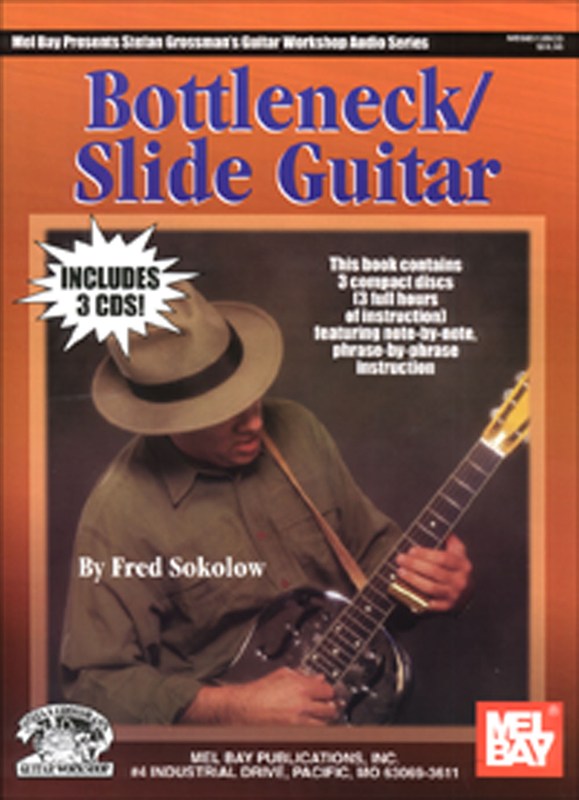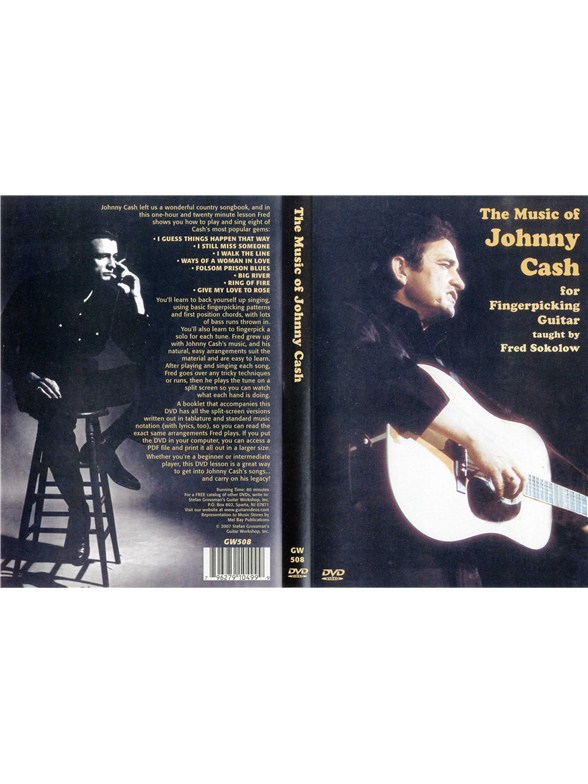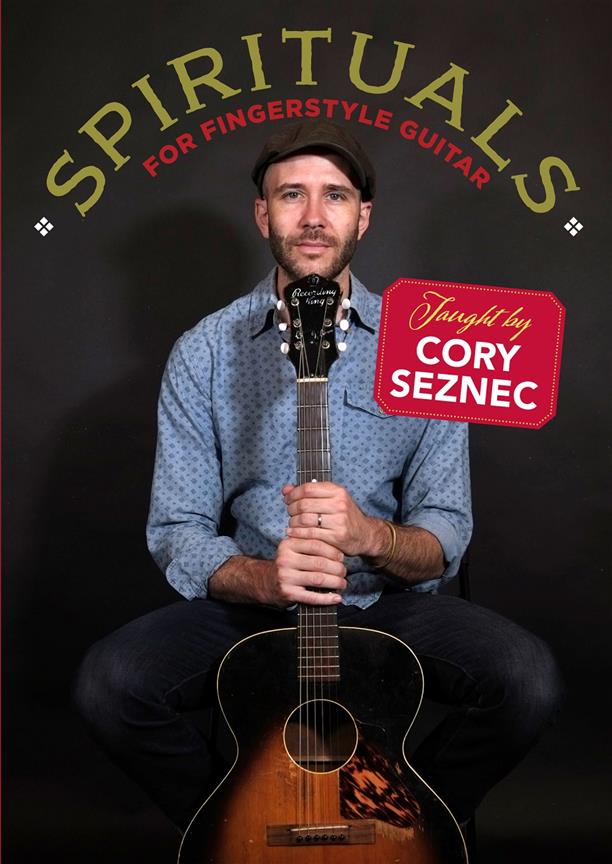East Coast Fingerstyle Blues Guitar
The East Coast, from Florida up to Virginia, gave birth to a vibrant fingerstyle blues tradition, documented on recordings from the mid-1920s up into the 1970s and 1980s. In East Coast Fingerstyle Blues Guitar, author John Miller has selected some of the most interesting and exciting recorded performances from that period to present to you, with transcriptions of the performances in TAB and standard notation, lyrics to the songs provided, playing tips that will help you get the songs up and running as soon as possible, and links to the original recorded performances, so that your own playing can be informed by the playing of the masters. A particular focus of the book is therepertoire of three of the strongest practitioners of East Coast Blues—Buddy Moss, Blind Willie McTell and Blind Boy Fuller. You'll also find two songs each by Luke Jordan and William Moore, a Blind Blake tune and a host of songs from artists who qualify for the designation talent deserving of wider recognition: Peg Leg Howell, Carl Martin, Floyd Council, Virgil Childers, Sonny Jones, Gabriel Brown, Ralph Willis, Willie Trice and Henry Johnson, many of whose songs are being made available for the first time. If you're looking for fingerstyle guitar pieces with a great range of feeling, musical variety and depth of expression, you need look no further than East Coast Fingertyle Blues Guitar. It will give you the information and background you need for a total immersion in this exciting music. Includes access to online audio. The East Coast, from Florida up to Virginia, gave birth to a vibrant fingerstyle blues tradition, documented on recordings from the mid-1920s up into the 1970s and 1980s. In East Coast Fingerstyle Blues Guitar, author John Miller has selected some of the most interesting and exciting recorded performances from that period to present to you, with transcriptions of the performances in TAB and standard notation, lyrics to the songs provided, playing tips that will help you get the songs up and running as soon as possible, and links to the original recorded performances, so that your own playing can be informed by the playing of the masters.A particular focus of the book is the repertoire of three of the strongest practitioners of East Coast Blues—Buddy Moss, Blind Willie McTell and Blind Boy Fuller. You’ll also find two songs each by Luke Jordan and William Moore, a Blind Blake tune and a host of songs from artists who qualify for the designation talent deserving of wider recognition: Peg Leg Howell, Carl Martin, Floyd Council, Virgil Childers, Sonny Jones, Gabriel Brown, Ralph Willis, Willie Trice and Henry Johnson, many of whose songs are being made available for the first time.If you’re looking for fingerstyle guitar pieces with a great range of feeling, musical variety and depth of expression, you need look no further than East Coast Fingertyle Blues Guitar. It will give you the information and background you need for a total immersion in this exciting music. Includes access to online audio.

















































